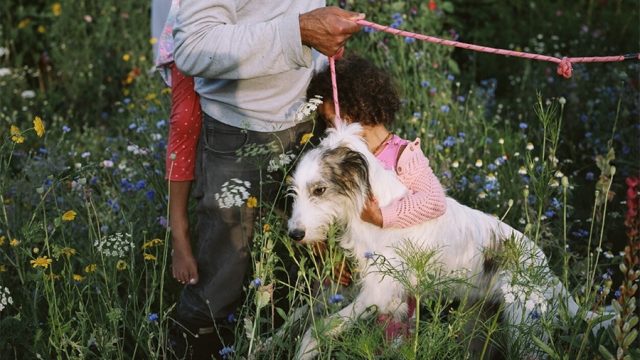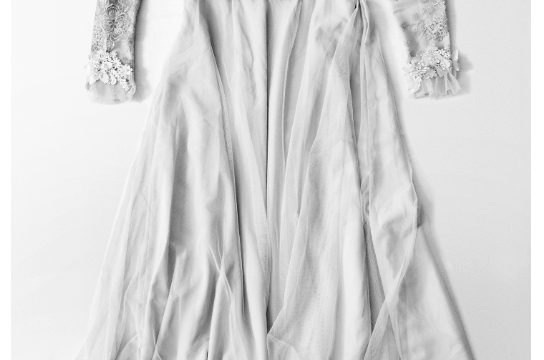Over the past ten days, we have all watched the sickening footage of George Floyd being murdered by a Minneapolis policeman in horror. In that scene was written an awful display of race, power and the abuse of process which brought to the fore such terrifying echoes of America’s racist heritage – and has, understandably, produced outrage across US cities over the last week, and in the capital yesterday, when thousands of Londoners marched from Hyde Park to the US embassy. The brutal racism it exposed has resonated powerfully across British communities and served to resurface a long litany of trauma, inequality and violence that people of colour have suffered.
In the UK, we have our own ugly history of racial discrimination stretching back many centuries which, in recent years, has been seen to flare up at its most extreme in the murder of Anthony Walker in Liverpool and Stephen Lawrence in London. And any number of reports have pointed to the stark levels of inequality, absence of diversity and everyday racism faced by BAME workers.

E.320-2013 © Syd Shelton. Image Victoria and Albert Museum
In my previous role as a Member of Parliament for Stoke-on-Trent, I recall the long struggle against racism in The Potteries as trade unions, anti-fascist groups led by Hope Not Hate, and committed activists came together to expel the British National Party (BNP) and their poisonous assaults on the Pakistani-Kashmiri community from North Staffordshire.
The V&A exists to champion stories of creativity across cultures, communities and histories and we have a responsibility to our black employees, members, visitors, artistic community and followers to better showcase their perspectives. We stand in solidarity with all those rejecting racism, social injustice and violence – and need to work harder to use our platform to amplify black and minority voices. As we consider the brutality of the past few weeks and crucially the fault lines this event exposes, we need to take a considered response, institutionally and creatively, as a cultural institution and global museum.
Reflecting on the V&A’s position and voice in this conversation – and particularly, the strength of feeling within our own V&A teams, our membership base, wider audience and the artistic community- we must reflect on the moment to ask the important questions about the challenge this presents to our museum.
We also want to reflect on what we have done to date. Because our engagement and response to this issue needs to be within all areas of museum policy, including programming; collections; interpretation; education; audience engagement; digital output and people. And we know there is much more we need to do.
Our goals here are three-fold: our people, our audience and our collection-based programmes.
As a national institution, we need to reflect the country we serve. While in recent years, the number of staff identifying as from a BAME background has increased within the museum, we and our whole sector have much more to do to improve diversity in its widest sense and across all parts of the organisation. We must ensure that all communities enjoy an equal sense of ownership and access, with a clear commitment to eliminating those often nuanced elements of unspoken racism – across the V&A’s family of sites from South Kensington and the V&A Museum of Childhood in Bethnal Green, to V&A Dundee and V&A East in Stratford.
Over the last few years, the V&A has focused on the history and legacy of its colonial past – looking to highlight its implications today. A few examples include Hannah Young and Victoria Adukwei Bulley’s study and video installations, ‘Unfortunate Inheritances: The History of Slave Ownership in the V&A’; our work on the Maqdala 1868 Collection and continuing conversations with the Ethiopian Government; addressing racist tropes within our Theatre and Performance Collections in our British Galleries; a display on the Asante Goldweights looking at their place within imperial trophy-hunting; and the ongoing work of our Provenance Researcher, Jacques Schumacher, into the history of loot and spoliation. We want to bring a new urgency and transparency to the colonial histories connected to V&A collections and British cultural history. This work must continue so that the past is confronted, understood and reflected upon.
Drawing on the V&A’s collections, we are planning more public programming directly connected to global histories – looking to work more closely with external partners, artists and source communities and I am delighted this week that our new Curator of African and African Diasporic Fashion, has joined the V&A with a specific focus looking beyond our predominantly Euro-centric collections. Our sustained and extensive investment in East London – with a new museum and collections centre in Stratford, and reimagined Museum of Childhood in Tower Hamlets – is explicitly driven by a commitment to connect with some of the most diverse, and creative, communities in the UK.
But as always, there is more to do, and we will look at a range of ways to explore these themes and celebrate all communities and ethnicities through the lens of our collections – online and in person when we reopen our doors once more.
Finally, the last ten days have shown how important it is to open up the conversation further about the change we wish to see. We want to work closely with our staff, audiences and communities, and use the V&A platform to create a space for discussion about race, equality and injustice as an institution that welcomes and represents all. For a museum born of the colonial moment with a custodianship of the legacies of that history, it is particularly important how we learn and understand again, and again.
#blacklivesmatter



Excellent! This is the most positive, life affirming thing I have read in ages. Approached with humility and a genuine desire to reflect and move forward.
Really the V & a treasures of Tewodros ii still remain there ? 2 years after your piecemeal 1868 show you are clearly part of the problem
Mr Hunt history will prove this I THINK you and all other Museum are really disingenuous shame on you all
RETURN THE LIBRARY and Treasury OF TEWODROS ii to Ethiopia stop being the gatekeepers
you really are and Return not loan …
A museum cannot expect to be treated seriously when it insists on holding on to looted artefacts such as the Ethiopian Maqdala treasures or the Asante gold objects and proclaim solidarity eith the African or African American peoples.The two positions are fundamentally incompatible.See my article in modernghana.com on British museum supports aims of Black
Kwame Opoku.